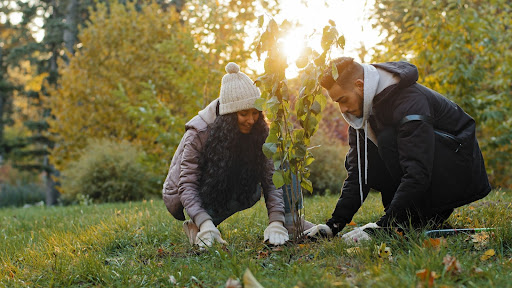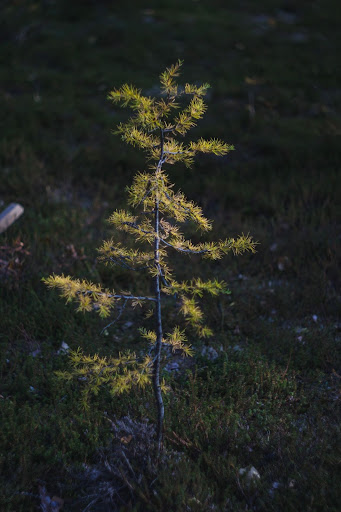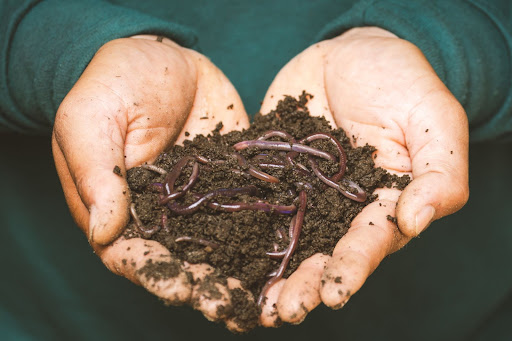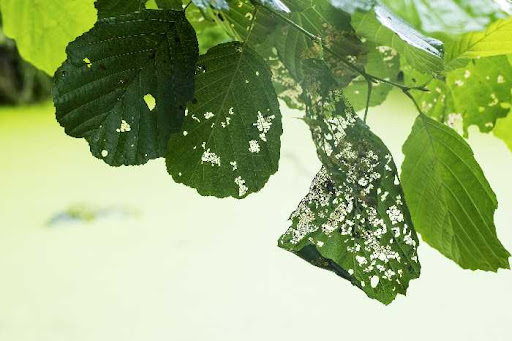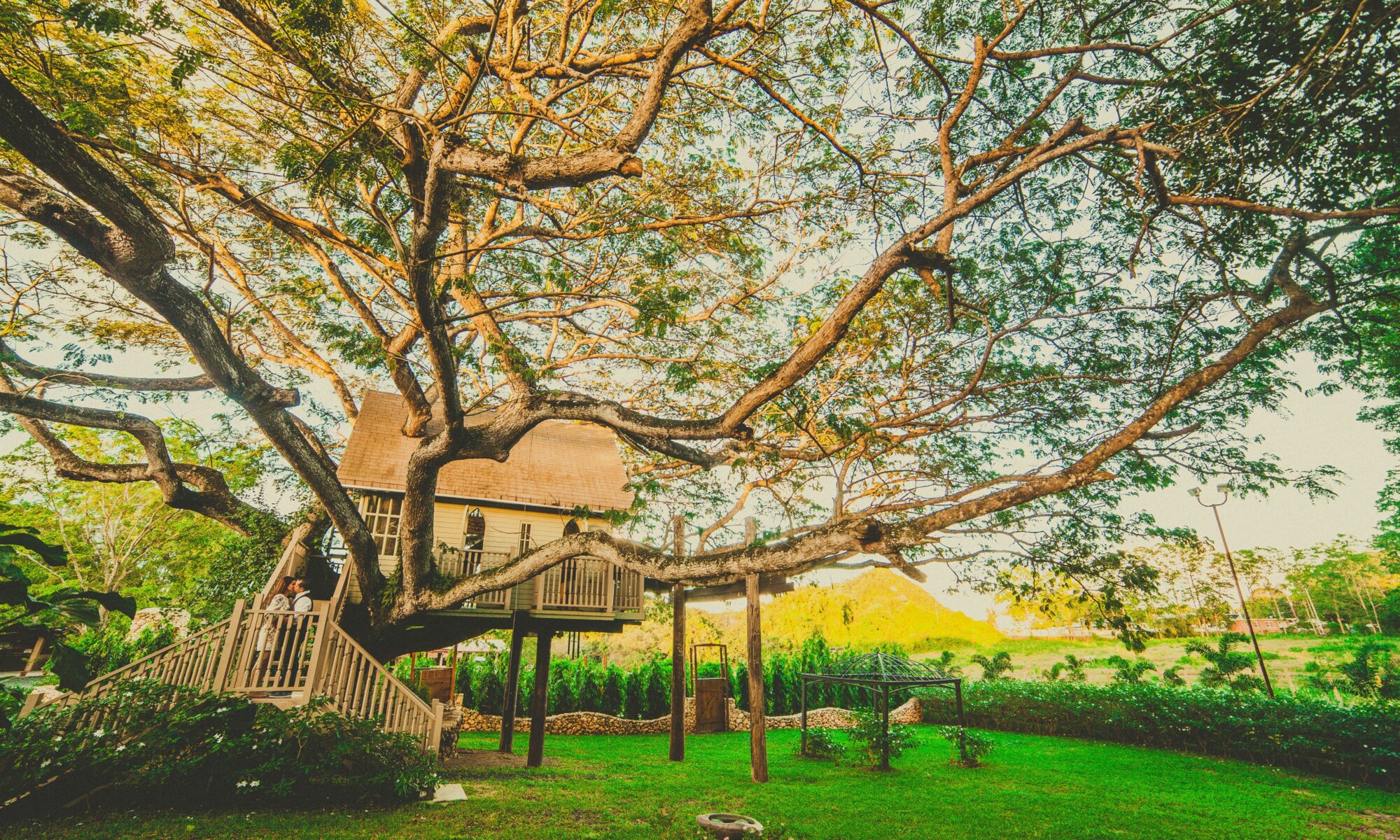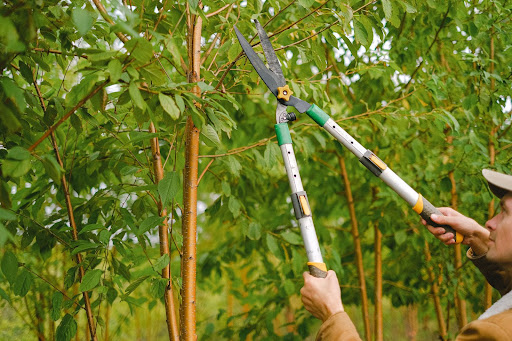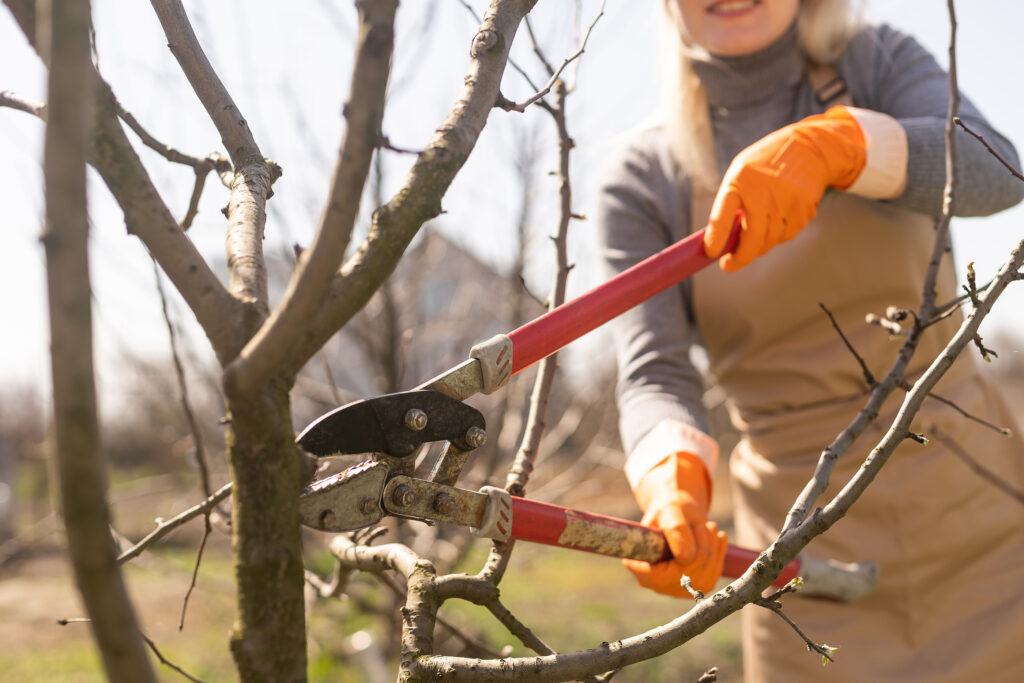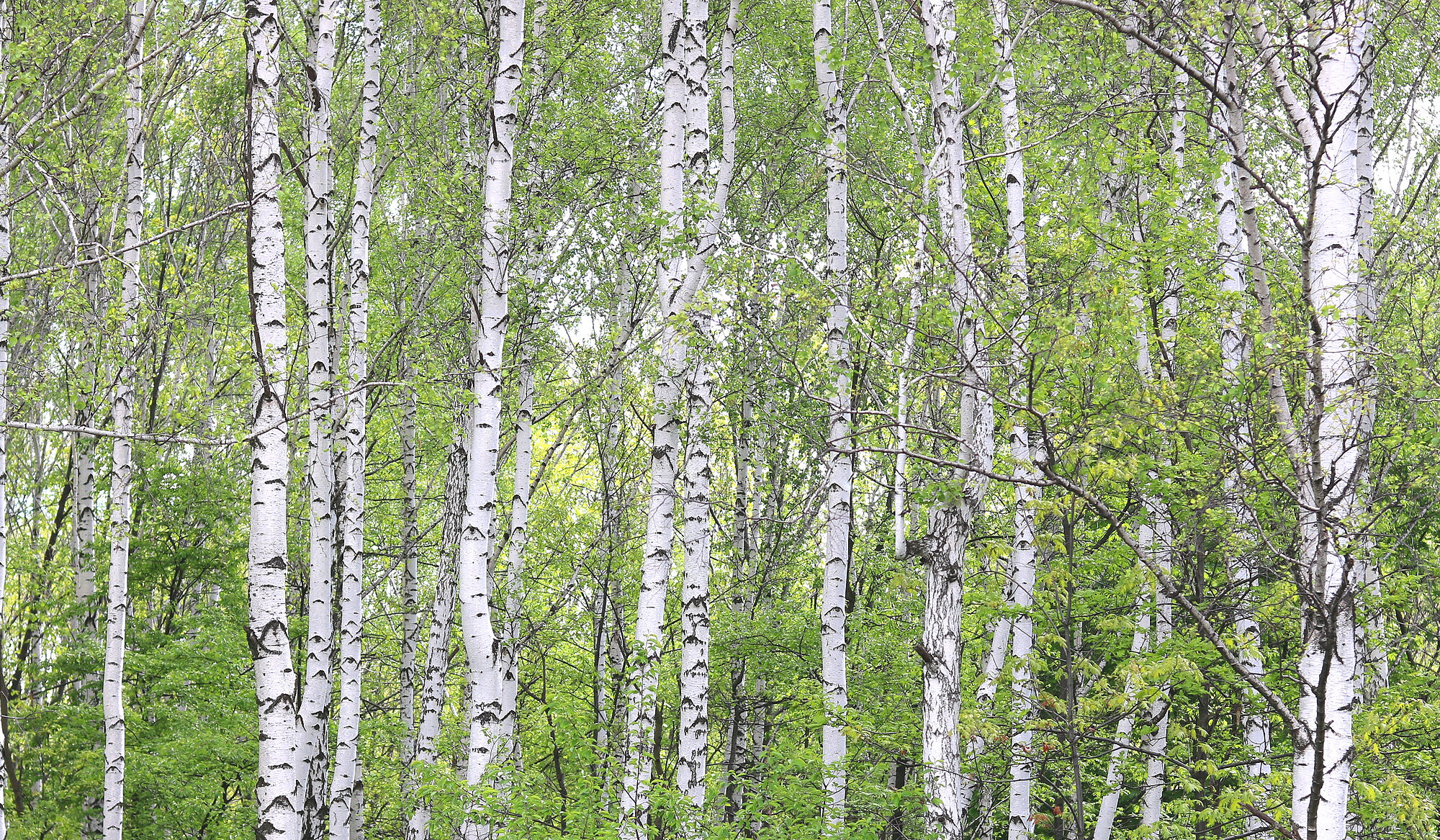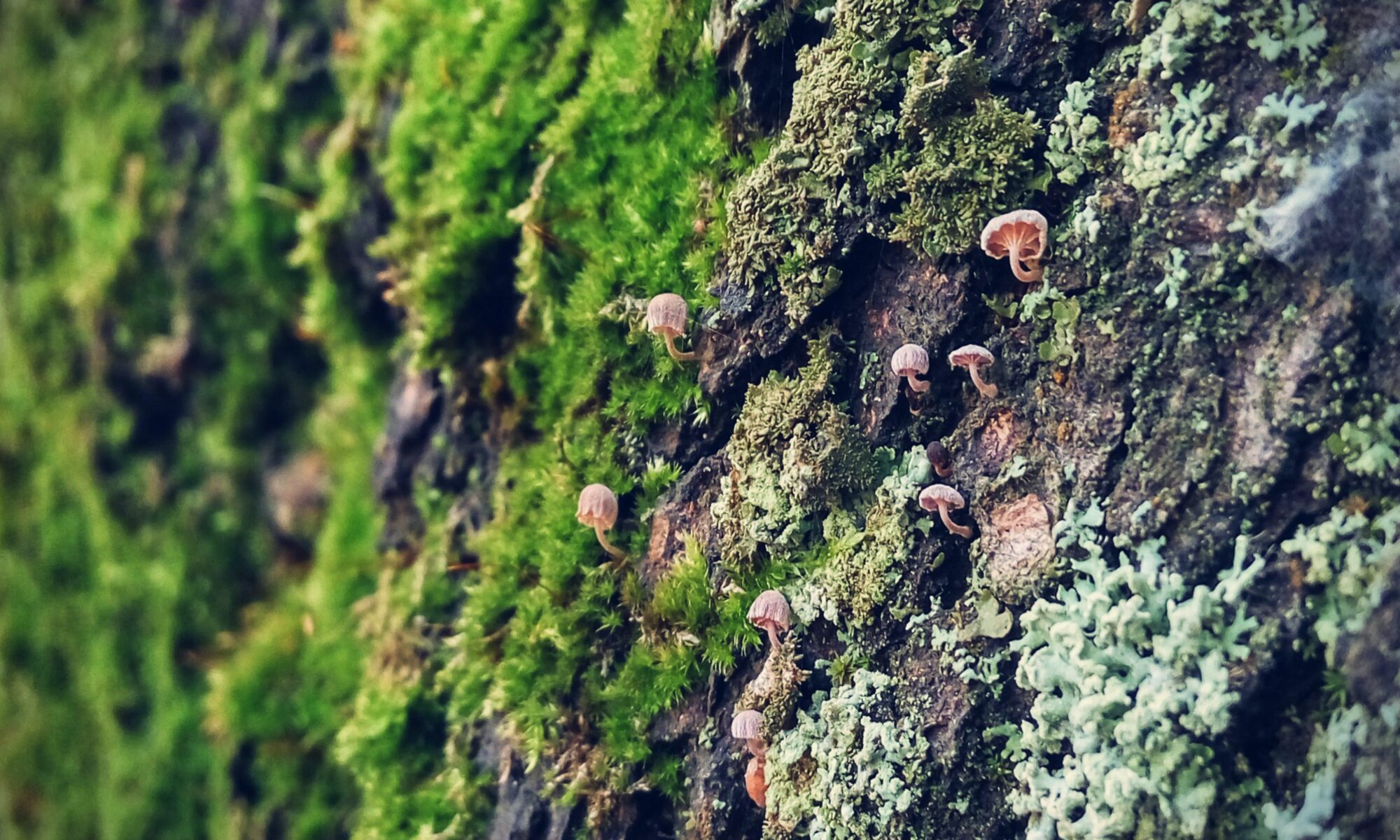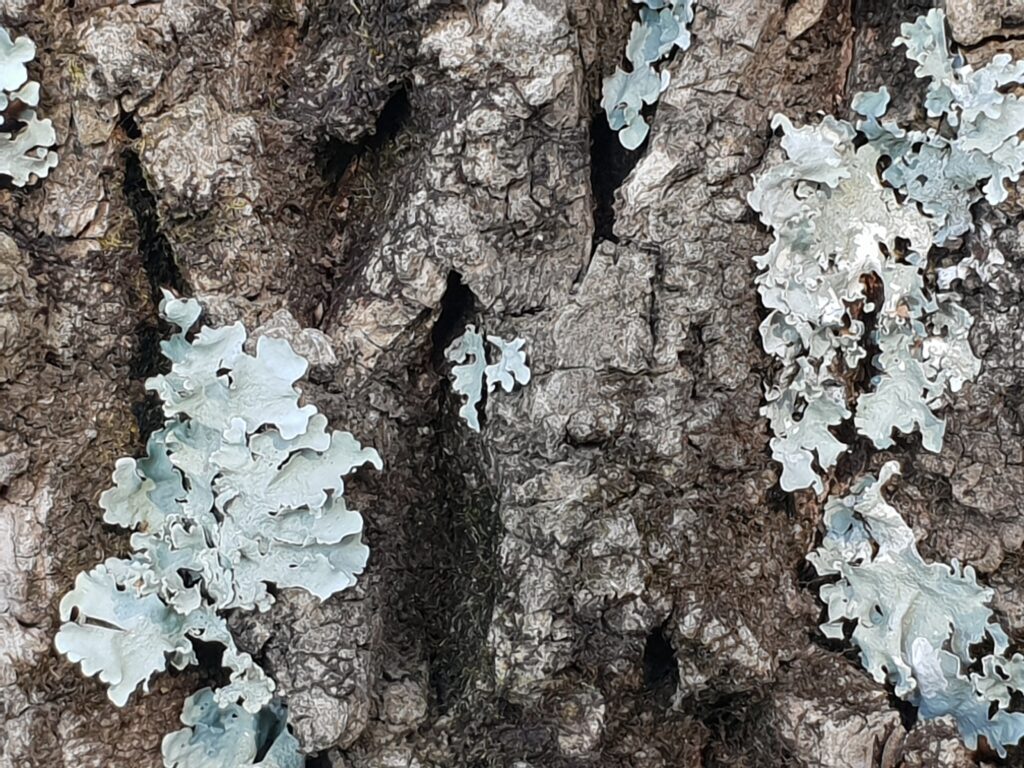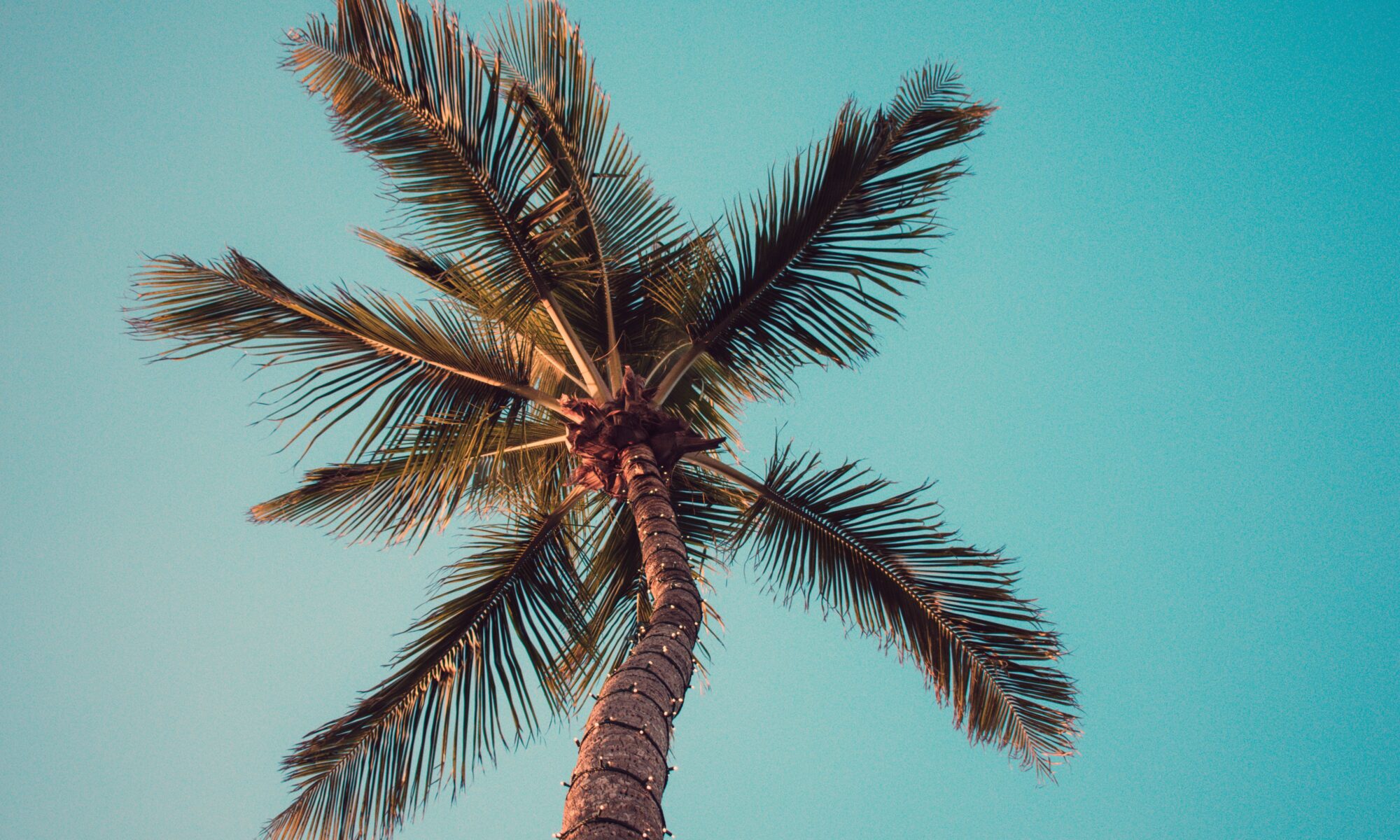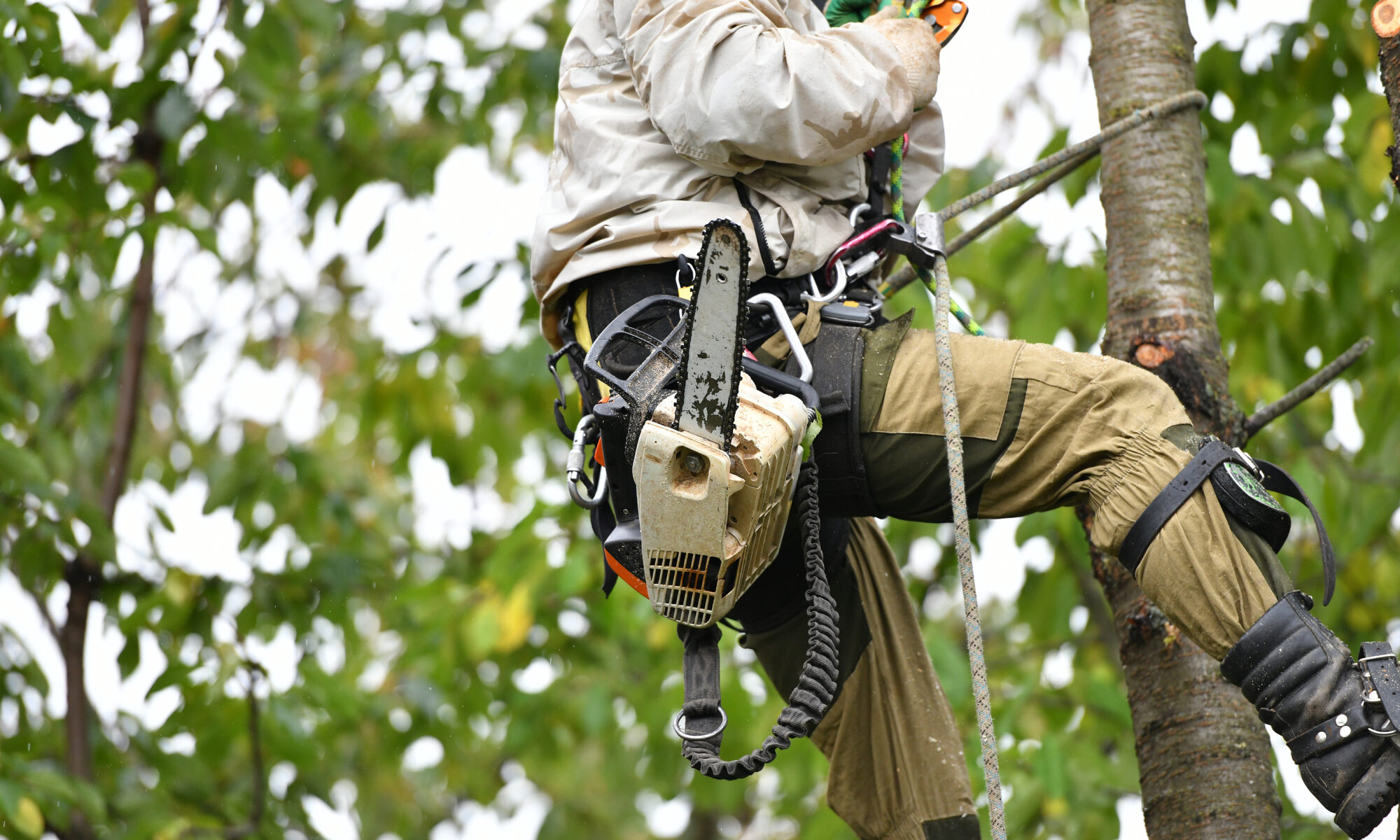In the midst of rainy days and cold weather, it’s easy to forget that spring is right around the corner. And that means that all the trees in your yard are gearing up for a new season of growth and beauty. While it may not look like much now – just hefty bundles of twigs and branches – what you’re really looking at is a goldmine of potential.
Proper tree fertilizing care can help make sure that your tree turns into its full-fledged former self. But if you don’t know your NPK from your magnesium sulfate, never fear! We put together this helpful guide to walk you through all the basics, so you get the most out of spring with your tree friends!
WHY Fertilize Trees?
Trees need nutrients just like we do to stay healthy and strong. Fertilizing can help replenish the tree’s existing stores of energy, making it easier for your tree to take in water, grow foliage and support its own ecosystem. A good fertilization plan will make sure that your tree gets the nutrients it needs throughout all four seasons.
Trees in the wild almost never show nutrient deficiency symptoms because of both natural nutrient recycling and the fact that plants only grow where they’re best adapted. Landscape plantings, on the other hand, are especially vulnerable to nutrient deficiency because of their artificial environment and the lack of natural nutrient recycling.
WHEN to Fertilize Trees?
Spring is the best time to fertilize your tree. That’s when the tree starts growing new foliage and needs additional energy for photosynthesis. Depending on what type of tree you have, you may want to fertilize twice during spring – once in early spring and again mid-spring.
HOW to Fertilize Trees?
The key to tree fertilizing success is finding the right balance. If you over-fertilize, you may end up burning your tree’s roots and leaves; if you under-fertilize, your tree won’t get enough nutrients. When in doubt, opt for a slow-release fertilizer that gives your tree a steady dose of nutrients throughout the season. If you’re going for liquid fertilizer, make sure to dilute it with water and apply it at least 6 inches away from the tree trunk.
WHAT are the best evidence-based fertilizers?
There are plenty of evidence-based tree fertilizers out there with the right combination of nutrients for your tree needs. A granular tree fertilizer is typically a good choice, as it’s easy to spread and lasts longer. You can also get tree fertilizers that are specially formulated for certain tree types (i.e. evergreens, deciduous trees). Whatever you choose, make sure to read the label and follow the instructions carefully.
Soil pH
Soil pH is measured using a logarithmic scale of 0 to 14, with 7 being neutral. Soils with a pH below 7 are acidic, and those above 7 are alkaline. Adjusting pH levels is important for three reasons:
- Specific plants grow best within a certain range of pH
- Soil pH affects the availability of both major and minor nutrient elements
- Soil pH influences the level of microbial activity in soils
It’s important to test your tree’s soil pH and adjust the levels as needed before fertilizing. Knowing the tree’s optimum nutrient range and soil pH will help you choose a tree fertilizer that best meets its specific needs.
Plant Nutrition
Besides carbon, hydrogen, and oxygen– which come from air and water– plants need 16 other minerals to grow. Of those minerals, nitrogen (N), phosphorus (P), and potassium (K) are required in the largest quantities. These three elements are referred to as macronutrients and are the primary ingredients in tree fertilizers.
Knowing & Using Nutrient Ratios
The ratio of N-P-K in tree fertilizer is an important part of tree nutrition. The ratio should be adjusted based on the tree’s specific needs, as well as the soil type and pH. Generally speaking, a tree fertilizer for deciduous trees should have slightly more nitrogen than phosphorus, while evergreen tree fertilizers should be higher in phosphorus than nitrogen.
Following these tree fertilizing tips can help make sure your tree gets the nutrients it needs for growth and health. With a good tree fertilizer plan and enough patience, you’ll have a thriving tree in no time!To schedule a consultation with an experienced arborist, you can reach us at 925-233-6877 or send an email by clicking here.
 Bringing Sexy Back Into Your Yards
Bringing Sexy Back Into Your Yards 
